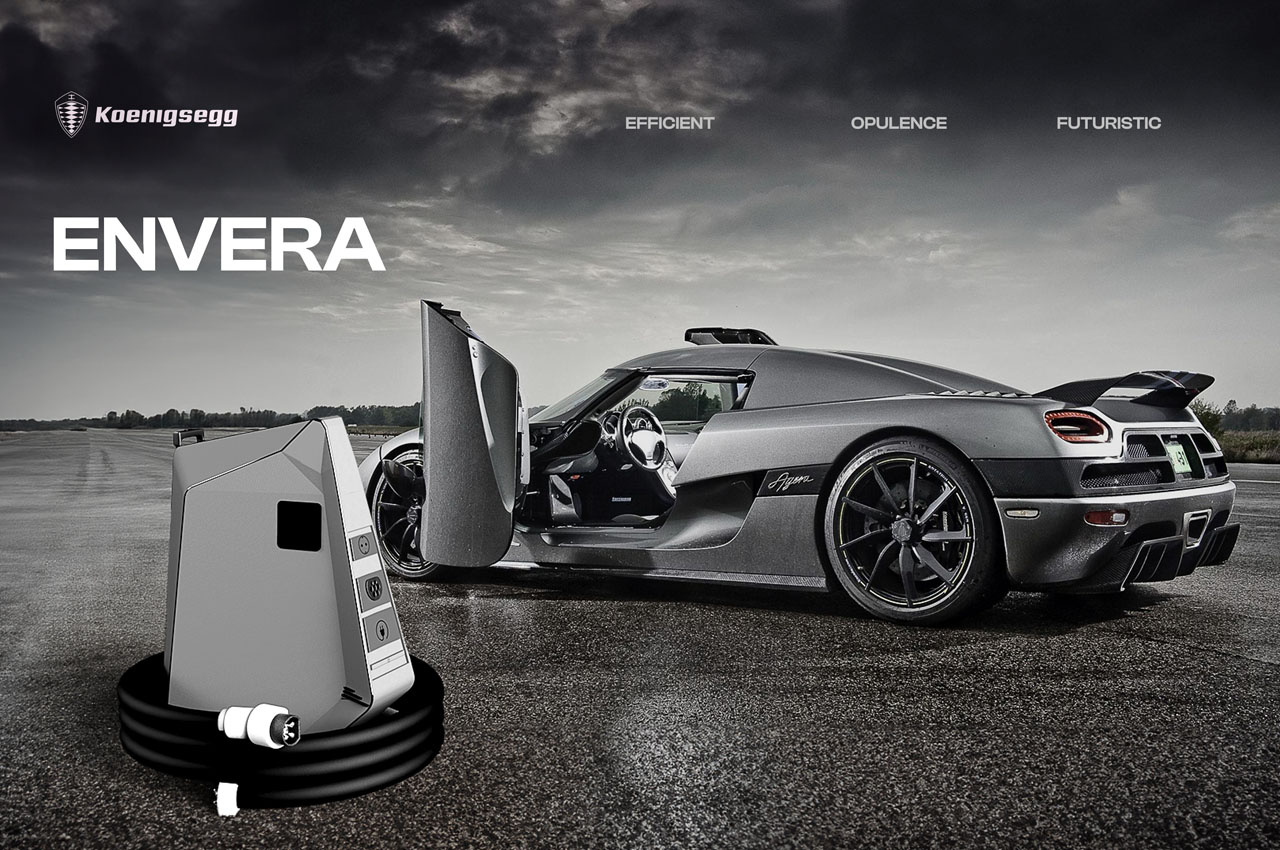
The number of electric cars on the roads is increasing exponentially, and so is the need for charging stations required for them. Options for personal charging stations that can be installed in your garage are also rising. Not only the conventional manufacturers, but the supercar makers also have the transition to electric vehicles as their long-term agenda. Mercedes Vision EQXX Concept, Maserati GranTurismo Folgore, Ariel Hipercar, and of course the Tesla Roadster are some good examples.
Along the same lines, a pair of designers have proposed a portable battery charging station for the Koenigsegg brand known for its high-performance vehicles. The reason is, to enhance the whole experience of buying an electric supercar and the premium experience of plugging it into a portable charger.
Designer: Aditi Aagrwal and Harsh Ambarkar
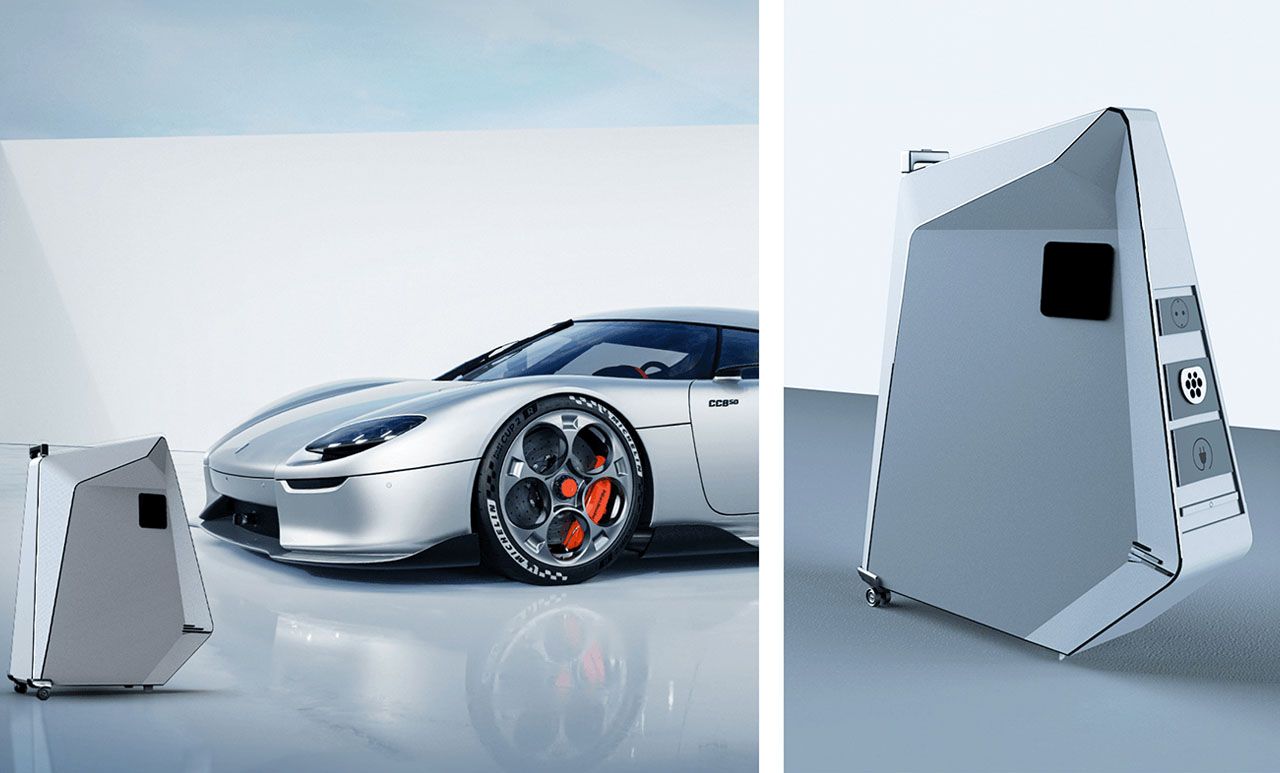
Just like the Koenigsegg brand known for its groundbreaking engineering innovations like the Direct Drive transmission and Freevalve engine technology, this concept charger also boasts innovative features including dihedral synchro-helix doors. The use of advanced materials like aerospace-grade alloys and carbon fiber further adds to the exclusivity. The form is important to make it distinct from other similar products, hence the aggressive design honed by the sleek and aerodynamic lines.
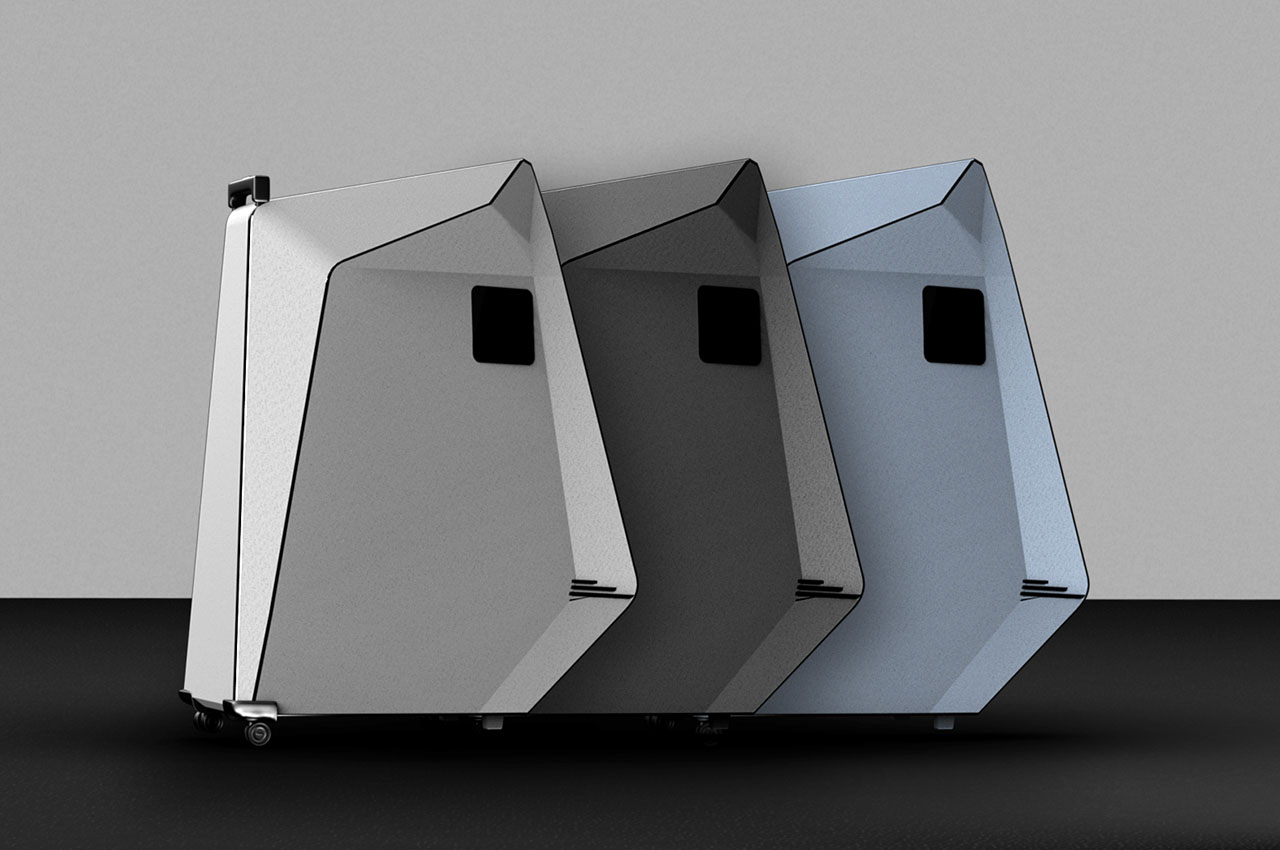
Dubbed the Envera, this portable EV charger is tailor-made for on-the-go charging of your power-hungry hypercar or supercar. Capable of supplying 7.2 kW of power it supports Level 2 charging with voltage compatibility from 100 – 400 volts AC. It has Type 1 and Type 2 AC charging ports too and an optional DC rapid charging adaptor. The designer is also mindful of safety, hence the inclusion of overcurrent, over-voltage, short circuit and ground fault protection. In case the charger overheats, there is an automated shutdown in place.
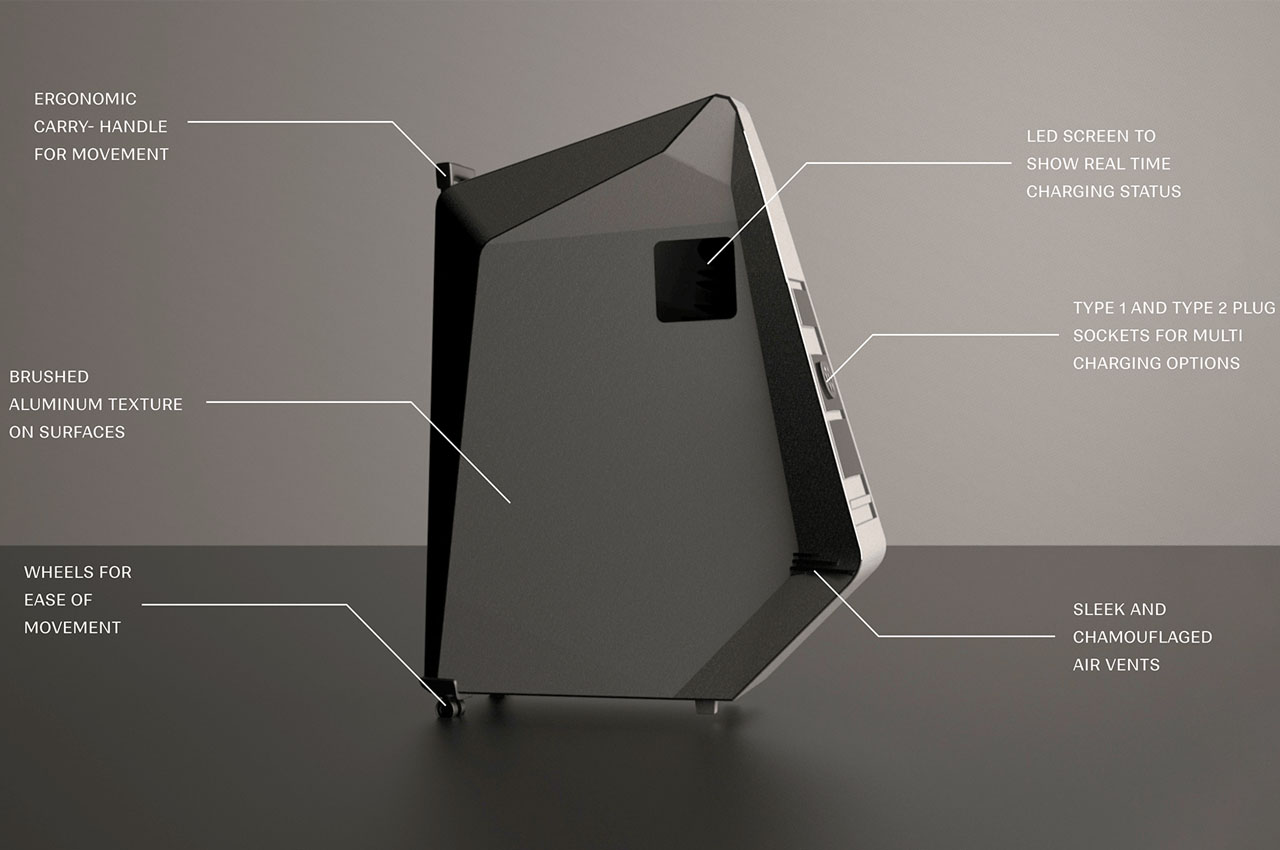
The sleek body of the charger is inspired by the Koenigsegg Agera, and is not limited to just charging this speed beast. It can charge any other Koenigsegg supercar, or any other electric car from other brands. It is built from an IP65-rated shell for premium protection against wear and tear with the ability to operate in temperatures from -20 Degrees Celsius to 50 Degrees Celsius. To make charging the least of the hassles, it comes with a 20-foot flexible charging cable. Just like other portable chargers, this one gets an LCD to show the real-time charging status and diagnostics.
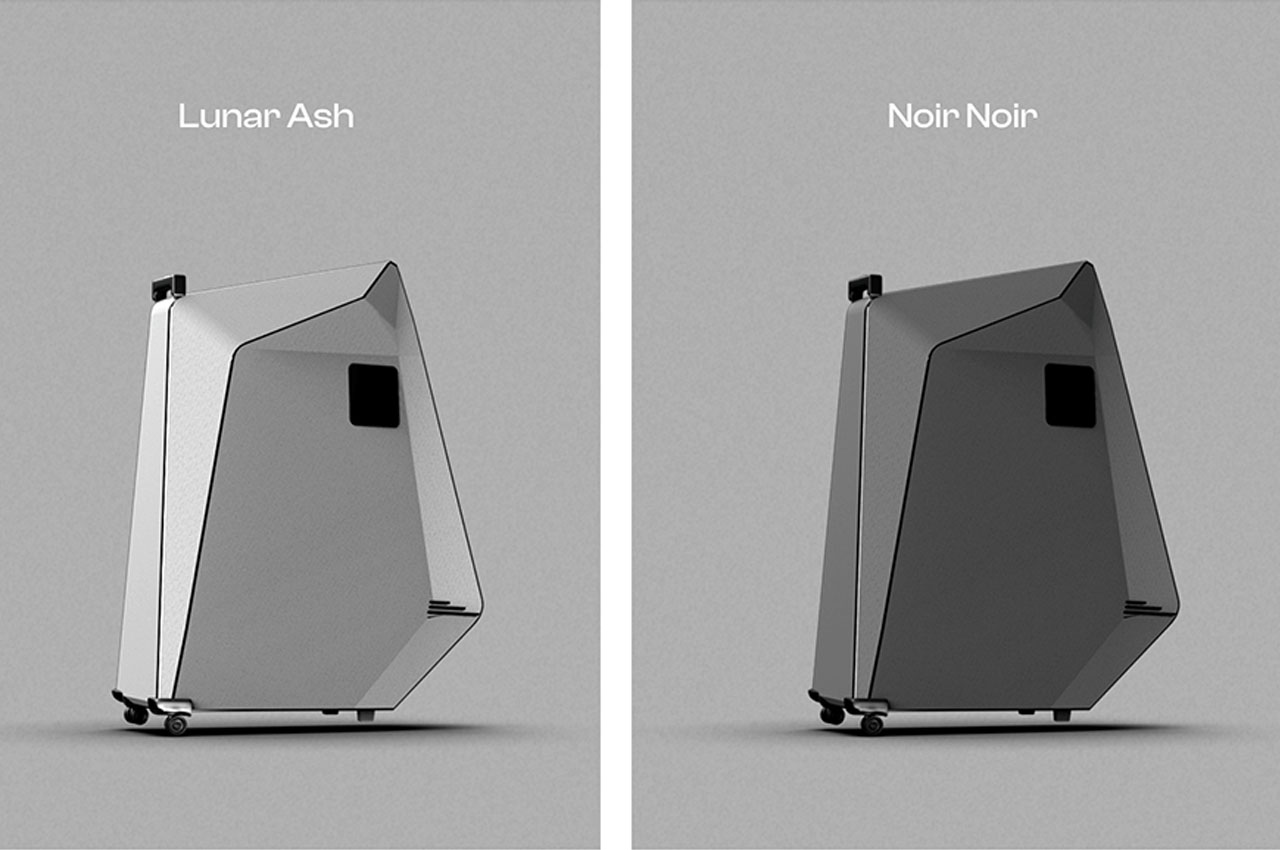
Truly, the Koenigsegg Envera sets new standards for portable EV chargers, giving us a glimpse of how cool the future is going to be. Of course, the unparalleled convenience, versatility of use, and luxury quotient of using a premium brand’s product will always be there.
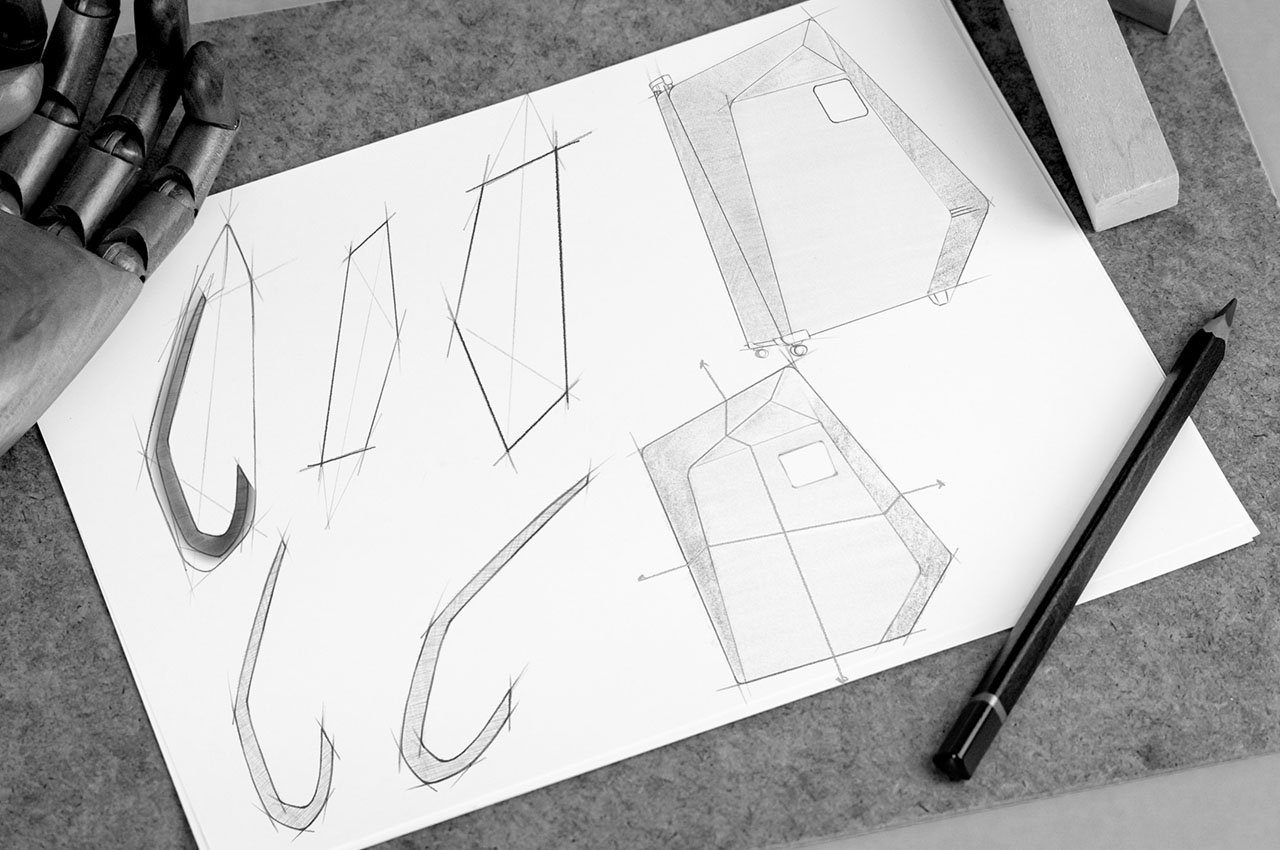
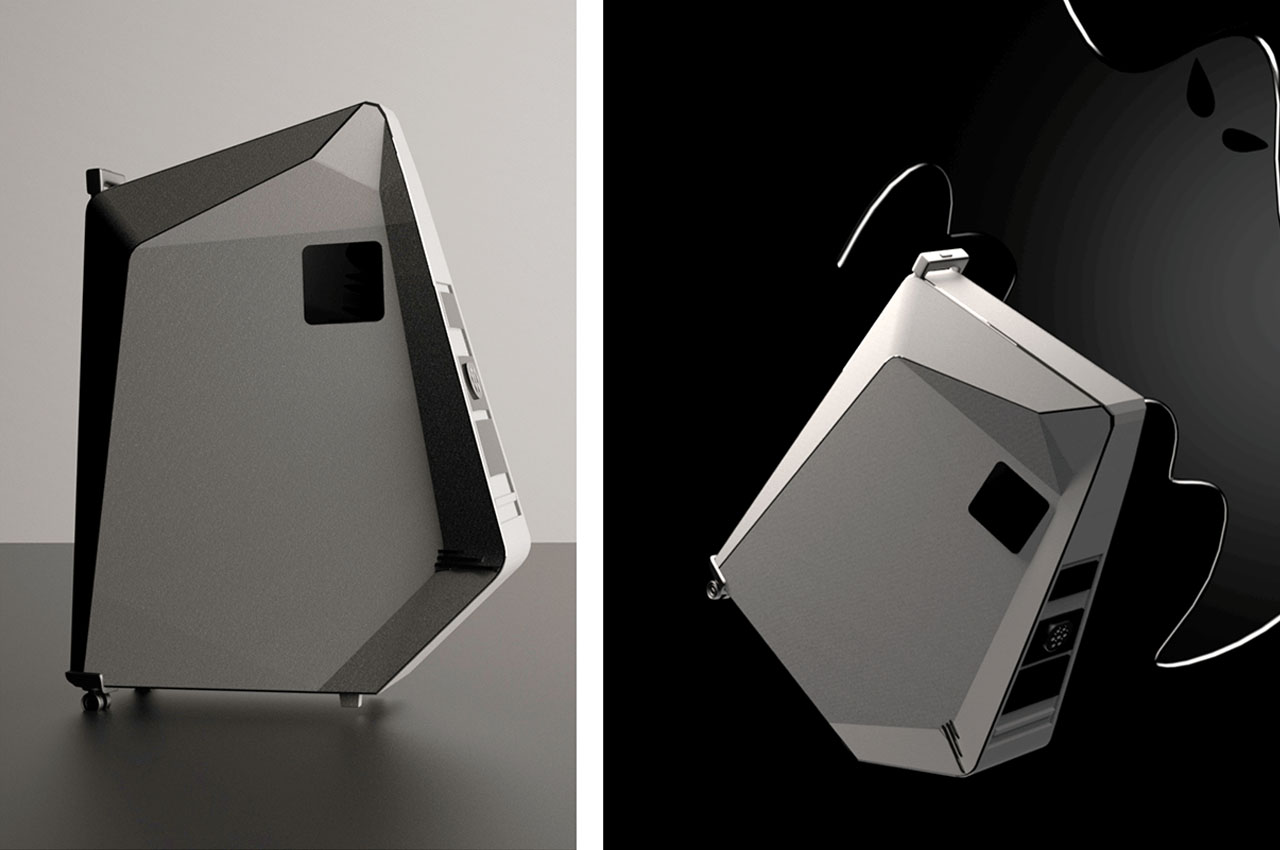
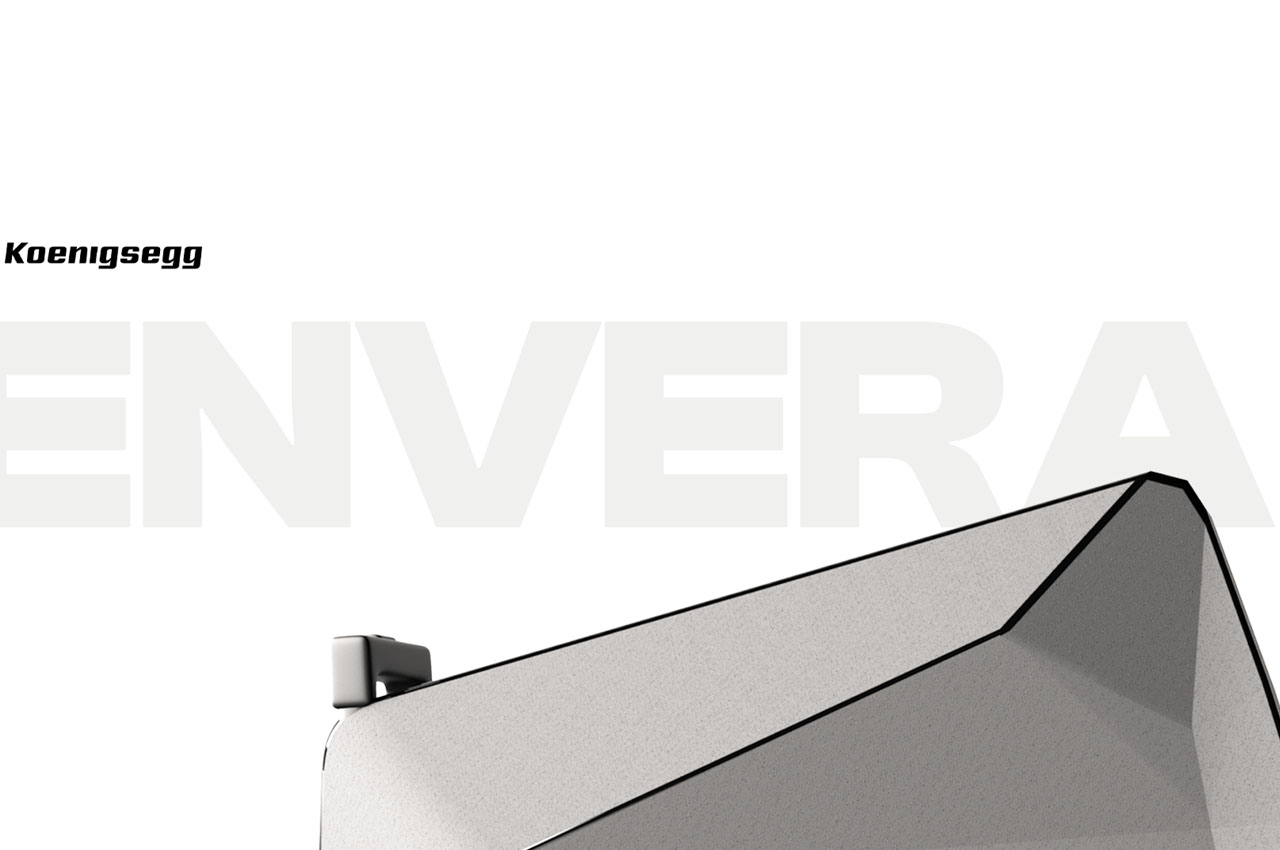
The post Koenigsegg Envera portable EV charger sets new precedence for convenience, versatility and luxury first appeared on Yanko Design.